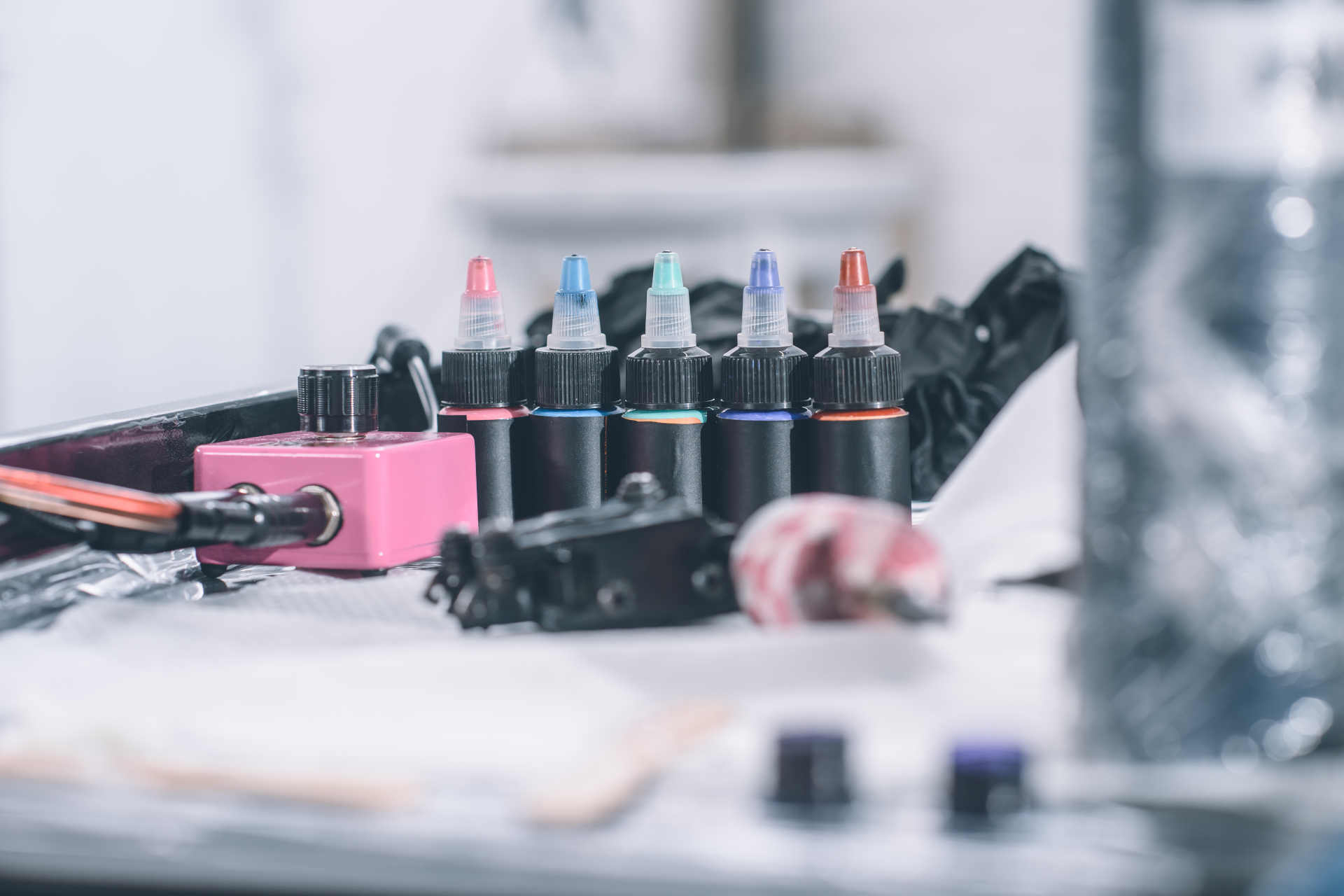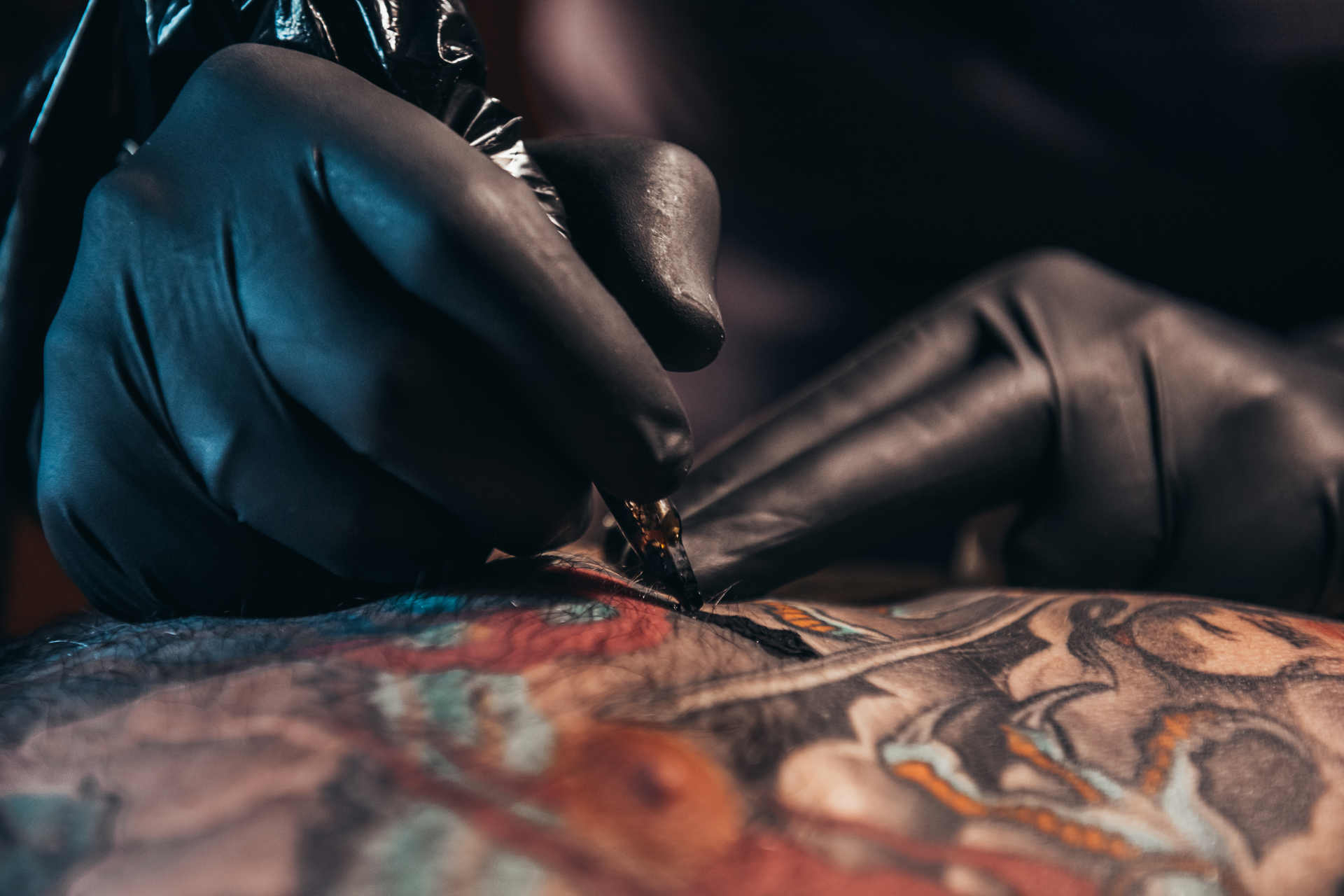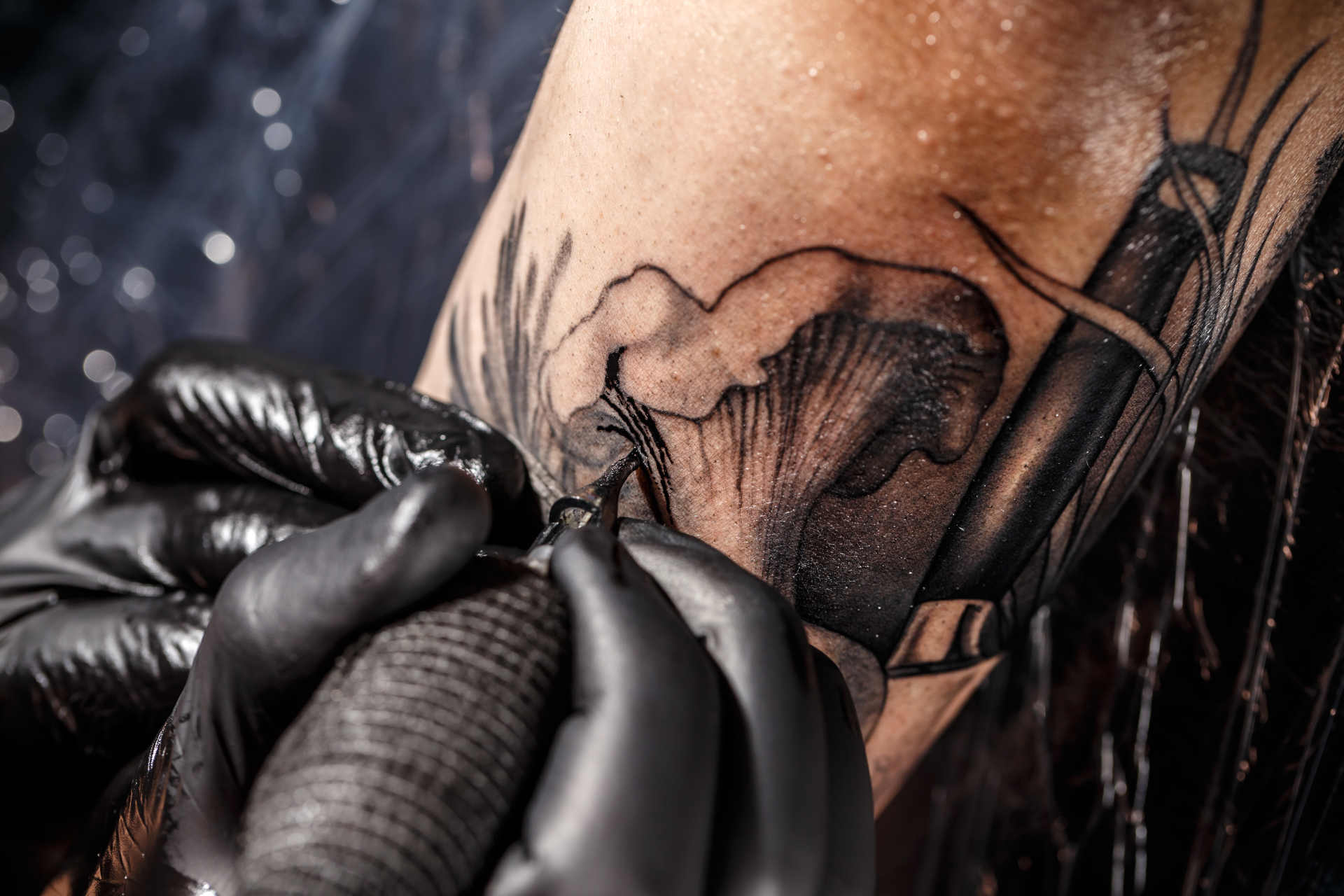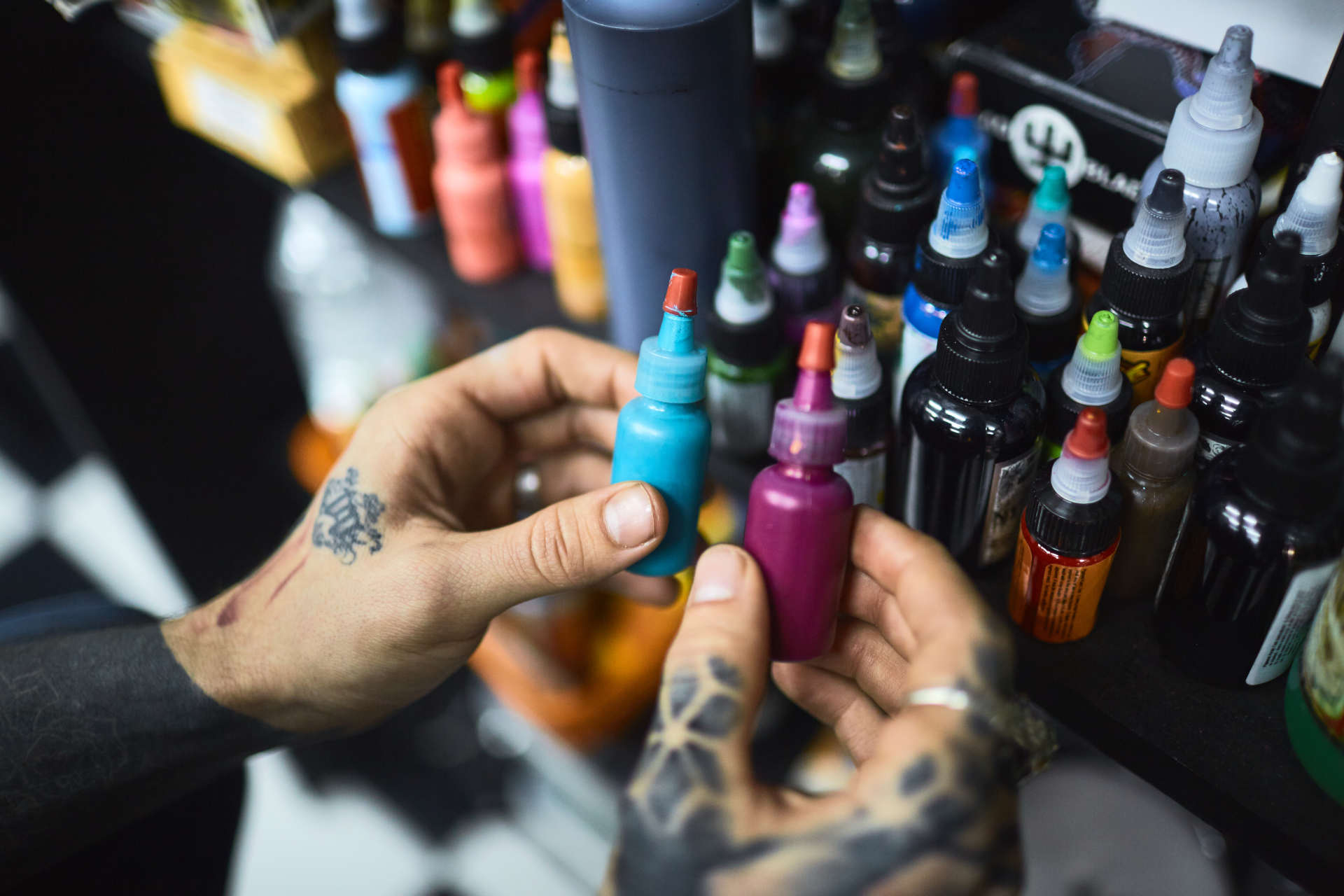What do tattoo inks really contain? I study
Colors for dermopigmentation under the lens of US scientists: over 80 percent contain substances not listed on the label...

When you decide to do a tattoo, attention is rarely paid to the inks. Once you have chosen the colors to apply under the skin, the problem seems solved. According to recent research from Binghamton University, however, the inks for tattoos they could hide some surprises.
Based on the analyzes performed by the Professor's team John Swierk, in over 80 percent of cases the ingredients present within the inks do not correspond to those shown on the labels. It is not known whether these ingredients are knowingly added by the producers or end up in the compounds due to contamination or errors due to labeling: in any case, as the study shows, the question of tattoo safety it's still very much open.
In Lugano the future resides in the Dagorà Lifestyle Innovation Hub
Chemistry and fashion: when it's all about… fabric

Are tattoos (still) risky? The Binghamton studio
I tattoos have a very ancient origin: signs of therapeutic inscriptions were found on the bodies buried in the Pazyryk tombs, dated between the 4th and 3rd centuries BC, and on that of the famous Princess Ukok, or Princess of Altai, dating back to 500 BC, who bears elegant and complex tattoos on her shoulder, arm and belly. Well known already in ancient Egypt, tattoos were banned from Romeemperor Constantine following conversion to Christianity.
The custom of decorating the skin with dots of ink, which became talked about again in the nineteenth century following the theory of Cesare Lombroso (which obviously associated it with the delinquent personality), exploded at the end of the twentieth century to become a extremely popular fashion and decidedly transversal.
According to a recent survey, 46 percent of American citizens have at least one tattoo: in Italy, the most tattooed country in the world, the percentage reaches 48. Despite the long history and widespread diffusion of the phenomenon, however, tattoo inks cannot yet count on adequate regulation, at least in the United States.
The team of the Professor John Swierk, who heads a research group in inorganic chemistry atBinghamton University, has been dealing with the issue for a few years now, and has recently published a new study in some ways alarming: according to research, over 80 percent of the inks for tattoos analyzed contains ingredients not listed on the label.
Those reactions on a gold base pioneering a "new chemistry"
Plastic and chemistry: all the contours of a "dangerous" relationship

What does tattoo ink really contain?
When you get a tattoo, it's difficult to know exactly what you're injecting under your skin: “There are many questions about the safety of tattoos, and we are no where near an answer“, explains Professor John Swierk to “Chemistry World”. The work of his research group focuses on potential impact of light on tattoos and their chemical breakdown.
Everything comes from the doctoral student's intuition Kelli Moseman, main author of the article together with Ahshabibi Ahmed e Alexander Ruhren. Some time ago, Moseman noticed that the tattoo inks they were studying contained substances not listed on the label. Were they degradation products, due to interaction with light, or ingredients present in the compounds from the beginning? One thing is certain: we don't know what they contain the injectable colors under the skin made in the USA.
The researchers then analyzed the tattoo inks of nine US manufacturers (from large multinationals to small businesses) and compared the actual content with the label. Out of 54 inks, 45 (i.e. 83 percent) had serious discrepancies compared to the label content, such as pigments other than those listed or additives not listed.
More than half of the compounds contained polyethylene glycol not listed, which may cause organ damage upon repeated exposure, while 15 contained propylene glycol, a common emollient considered safe, but which in 2018 earned the title of “allergen of the year” from the American Contact Dermatitis Society. Among other contaminants also the 2-phenoxyethanol, which poses potential health risks to breastfeeding infants.
The miraculous cellulose-based airgel that is 3D printed
When nanoplastics are not what they seem

In the USA there is no precise regulation for inks
Le allergic reactions are the most common negative outcome, notes John Swierk, and “they can be persistent, painful and even disfiguring”. Apparently, i red pigments are particularly problematic, although science has not yet determined why. The potential risks associated with tattooing focus on the possibility of developing the skin cancer and are essentially linked to pigments, but also the additives can cause risks. And if it is not possible to identify the ingredients of the inks used, it is very complicated to understand which reaction is taking place and why.
One of the problems, Professor Swierk underlines, concerns the regulations: the first regulation of tattoo inks in the USA dates back to just two years ago, when the Modernization of Cosmetics Regulation Act (MoCRA), which allowed the Food and Drug Administration federal government to regulate the pigments used by tattoo artists for the first time. Up until that point, these inks were considered to be of a cosmetic nature, and therefore not subject to any regulation.
"The FDA is still working on it and we think this study will influence discussions about MoCRA“Swierk said. “This is also the first research to explicitly look at inks sold in the US and is probably the most comprehensive, because it takes into account the pigments, which nominally remain in the skin, and the 'carrier package', which is that in which the pigment is suspended".
The future is phygital, and fashion brands are leading the way…
From Blowhammer a rebranding in the name of art and innovation

Tattoos: US and European pigments compared
In the EU the situation is very different than in the United States: in 2022, the organization REACH (Registration, Evaluation, Authorization and Restriction of Chemicals), emanation of the European Chemicals Agency (ECHA) based in Helsinki, Finland, has prohibited different pigments carcinogenic and banned approximately 4.000 chemical agents present in tattoo inks.
The study by Kelli Moseman and colleagues focused on the substances present from 2.000 parts per million (ppm): European legislation, just to get an idea, considers substances in the 2 ppm range. This means that the analyzed inks could contain even more added substances.
The next step is precisely that of analyze the pigments banned in Europe and verify whether the components identified in the laboratory are also present in those that end up under the skin of citizens of the Old Continent. Currently, the scientific team is working on a study focused on blue and green inks, among those most affected by European legislation on chemical substances.
The results of previous studies on some pigments are already online on the site What's in my Tattoo Ink?: American citizens who have a tattoo can check the chemical composition of the inks that they have under their skin. And these data will be updated with those of the new study as soon as it is peer-reviewed, we read in "Chemistry World".
"We're trying to highlight that there are some shortcomings in production and labelling, and we hope that manufacturers take this opportunity to re-evaluate their processes, and that artists and customers take it to push for improved labeling and production”, concluded the Professor.
Dermatitis: remedies and prevention according to an innovative approach
Chemical risk: knowing it, preventing it and treating it

You may also be interested in:
In Alto Adige today EDIH NOI is the new point of reference for AI
4,6 million euros from the PNRR fund will be allocated to Bolzano for services to local companies in the digitalisation of intelligence…
by Editorial staff Innovando.NewsEditorial staff of Innovando.News
Austria, Germany and Switzerland for "more innovative" cargo railways
DACH Ministers Leonore Gewessler, Volker Wissing and Albert Rösti: the introduction of Digital Automatic Pairing is a key element
by Editorial staff Innovando.NewsEditorial staff of Innovando.News
Persuasion or manipulation? Genesis and historical impact of PR
This is how Public Relations, from the sophistic dialogue of ancient Greece to the current digital era, continues to offer continuous innovation
Young people and cryptocurrencies: how to find out more about Bitcoin…
Introducing kids to digital currencies and Blockchain can be an exciting endeavor, given their affinity for technology and innovation




